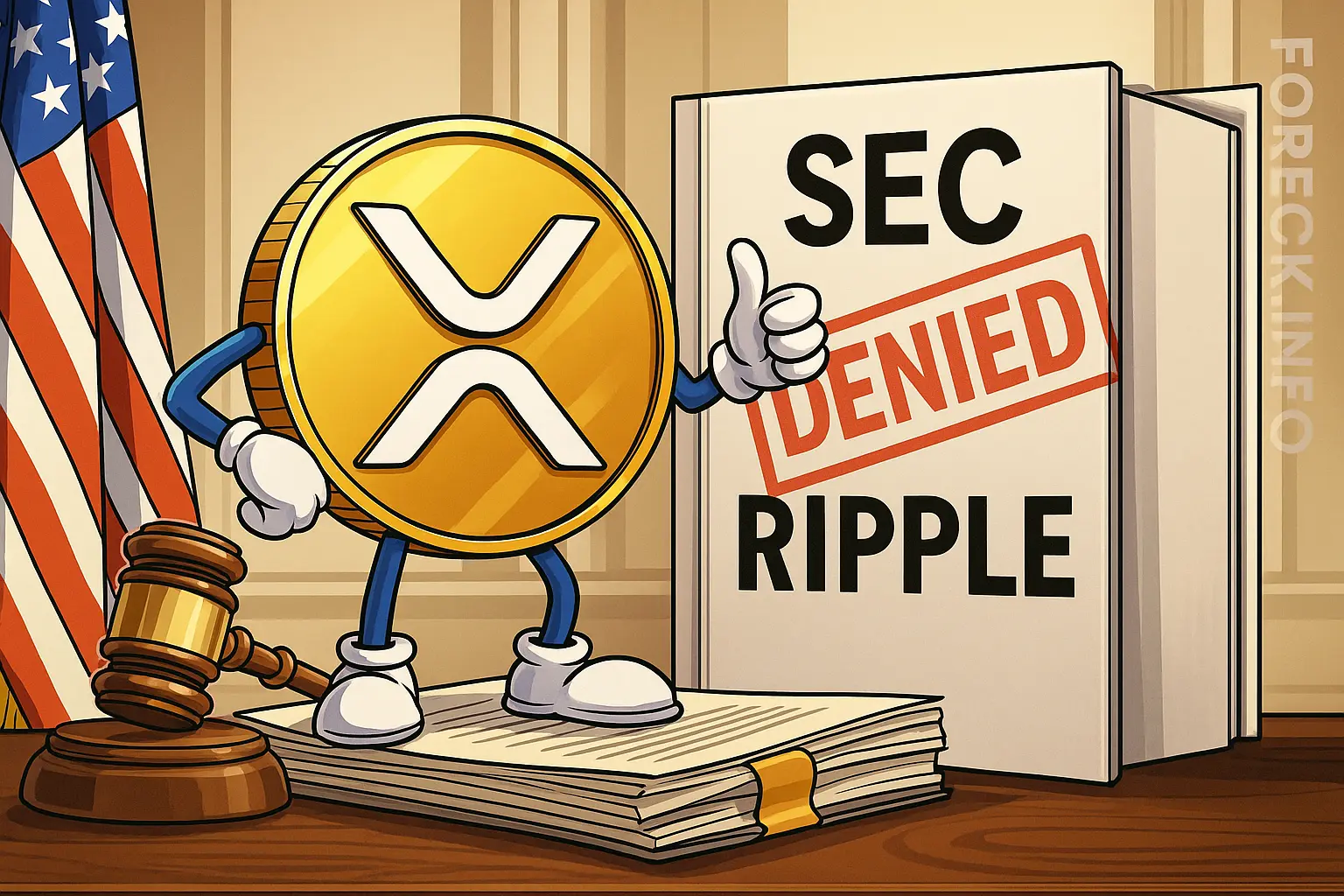In a recent interview with Der Aktionär TV, Oliver Michel, CEO of the German venture capital firm Tokentus, described Ripple’s XRP as a prime candidate to serve as a global reserve currency in the evolving digital financial landscape. Michel emphasized XRP’s unique capability as a connective asset, bridging national fiat currencies and central bank digital currencies (CBDCs) to enable real-time, cross-border settlements.
According to Michel, Ripple’s technology and network are “ready for the spotlight,” with the company’s positioning among banks and fintechs offering a crucial advantage over many experimental CBDC initiatives. He highlighted that XRP could emerge as a neutral intermediary, facilitating interoperability between diverse digital currencies—including tokenized real-world assets and central bank money—at a scale no other blockchain solution currently matches.
Institutional-Grade Infrastructure and On-Demand Liquidity
Ripple’s infrastructure, anchored by the XRP Ledger and the On-Demand Liquidity (ODL) solution, has already demonstrated its resilience and efficiency in the institutional payments sector. The network is characterized by high throughput and low latency, qualities essential for global settlement layers. This technological maturity, Michel argues, puts Ripple ahead of many newer entrants focused solely on CBDC design or limited digital payment rails.
Since its inception, Ripple has focused on addressing the pain points of cross-border transactions—offering banks, payment providers, and fintechs a scalable, low-cost, and rapid alternative to traditional correspondent banking. As of now, XRP boasts a market capitalization of $187 billion and has surged 57% since the beginning of the year, reflecting growing institutional and retail adoption.
Regulatory Uncertainty Remains the Main Hurdle
Despite Ripple’s technical and business advances, regulatory challenges persist. The ongoing litigation with the U.S. Securities and Exchange Commission (SEC) remains a major overhang for the project. However, Michel notes that a resolution may be on the horizon, potentially clearing the path for XRP’s wider institutional integration.
As the race for digital reserve assets accelerates—driven by trends in tokenization, CBDC development, and global payments modernization—Ripple stands out as one of the most advanced infrastructure projects in the crypto space. The company’s strong partnerships with banks and fintechs, combined with the scalability of its network, position it as a realistic candidate to become the digital backbone of the future financial system.

